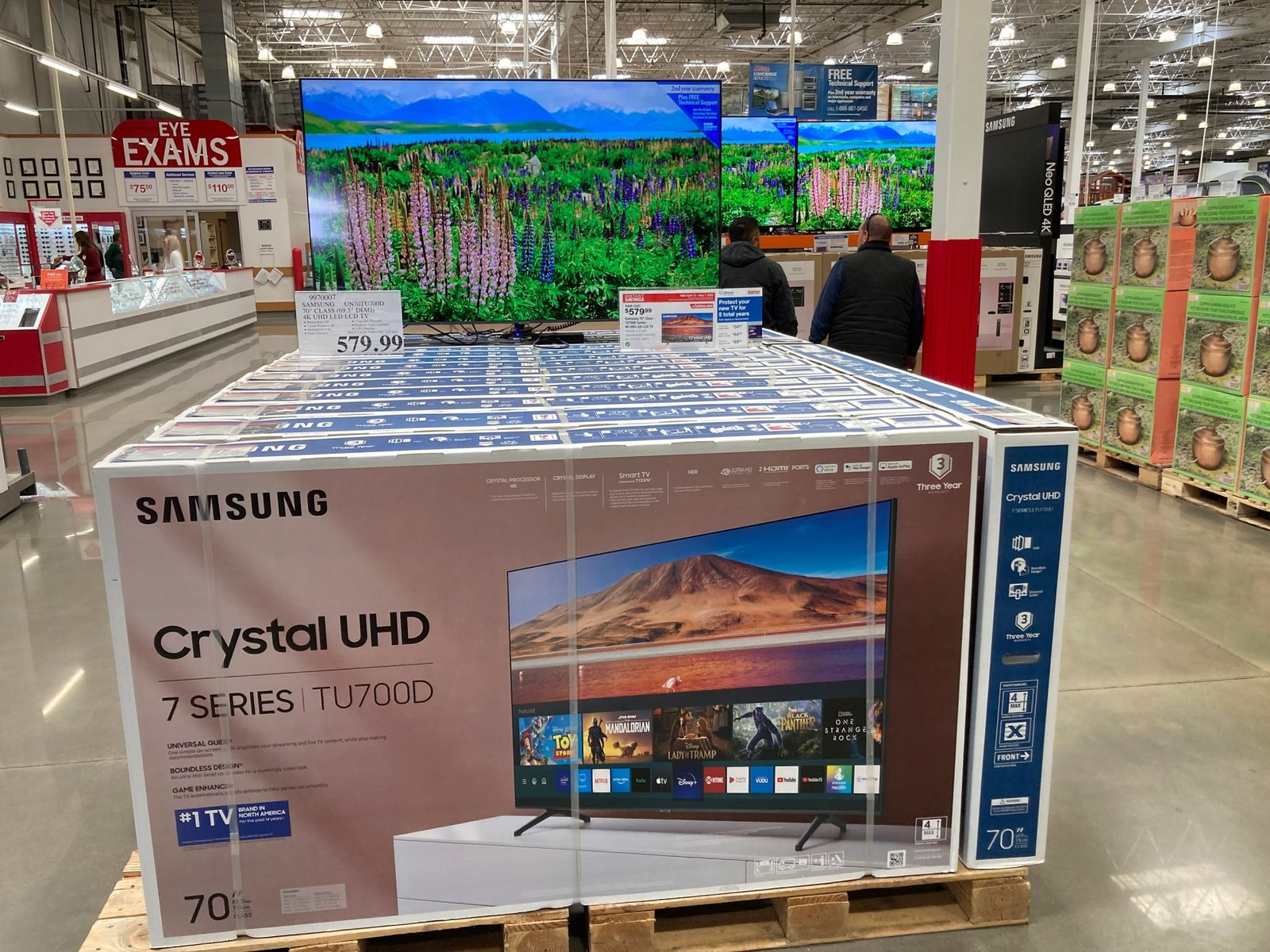Rising Inflation in the United States: A Political and Economic Challenge for the Trump Administration (September 2025)
Recent reports indicate that inflation in the United States surged to its highest rate since February, largely fueled by President Donald Trump’s extensive tariffs, which have escalated the prices of various consumer goods such as furniture, clothing, and major appliances.
According to the Labor Department, consumer prices climbed by 2.7% in June compared to the same month last year, an increase from 2.4% in May. Month-over-month, prices rose by 0.3% from May to June, following a more modest increase of just 0.1% the previous month.
This elevation in inflation presents a significant political hurdle for Trump, who had vowed to reduce costs during his campaign. The inflation spike post-pandemic represents the most severe rise in four decades, negatively impacting public perception of former President Joe Biden’s economic management. Additionally, persistent inflation pressures are likely to influence the Federal Reserve’s stance on interest rate cuts, which Trump is advocating for.
In an upcoming meeting, it is anticipated that the Fed will maintain its target overnight interest rate between 4.25% and 4.5%. Despite Trump’s insistence that “there is no inflation,” Fed Chair Jerome Powell has expressed a desire to monitor economic reactions to the tariffs before making any decisions to lower borrowing costs. Minutes from the Fed’s June 17-18 meeting indicate only a minority of officials support potential rate reductions as early as July 29-30.
When excluding volatile categories such as food and energy, core inflation saw a 2.9% increase in June, up slightly from 2.8% in May. The monthly rise in core prices was 0.2%. Economists regard core inflation as a more reliable indicator of long-term price trends.
The inflation uptick has been driven by a variety of price increases: gasoline prices rose by 1% from May to June, while grocery prices edged up by 0.3%. The prices of appliances have surged for three consecutive months. Other categories like toys, clothing, audio equipment, shoes, and sporting goods, which predominantly rely on imports, have also become pricier.
Eric Winograd, chief economist at AllianceBernstein, noted signs of tariff-induced inflation beginning to manifest, with the prices of durable goods increasing for the first time in nearly three years. However, he highlighted that housing costs—one of the primary inflation drivers post-pandemic—are beginning to stabilize, with rent increasing just 3.8% in June, marking the lowest annual growth since late 2021.
Despite swirling tariff uncertainties, Winograd suggests that the Fed would likely have begun cutting rates already if not for the current inflation environment.
Trump’s tariff policies include a 10% duty on all imports, 50% on steel and aluminum, 30% on Chinese goods, and 25% on imported cars. Recently, he threatened the European Union with a new 30% tariff starting August 1 and has hinted at imposing 50% duties on Brazil, impacting prices for products such as orange juice and coffee. Grocery prices went up by 0.3% last month, with an annual increase of 2.4%.
Powell Faces Increased Scrutiny
The uptick in inflation might grant Powell a brief reprieve from the criticism he’s faced from the White House regarding his reluctance to lower interest rates. He has stated that tariffs could drive prices up while simultaneously hampering economic growth—a challenging balancing act for the Fed, as rising costs typically necessitate rate hikes while economic slowing often calls for cuts.
Recently, Trump labeled Powell as “terrible,” questioning his competence in managing the economy. He asserted that despite Powell’s stance on interest rates, the economy is performing well, adding that rate cuts would facilitate easier home buying.
Adding to Powell’s woes, White House officials criticized him over cost overruns on renovations at two Federal Reserve buildings, projected to cost $2.5 billion—about a third more than budgeted. Although Trump cannot dismiss Powell simply for his policy disagreements, the Supreme Court suggests he could do so “for cause.”
Several companies have begun to raise prices as a direct result of the tariffs, including Walmart and the automotive firm Mitsubishi, which announced a 2.1% price hike. However, some businesses have managed to delay or avoid passing on these costs, having stocked up on inventory in anticipation of the tariffs and waiting to assess the potential for trade agreements that could alleviate the duties.

